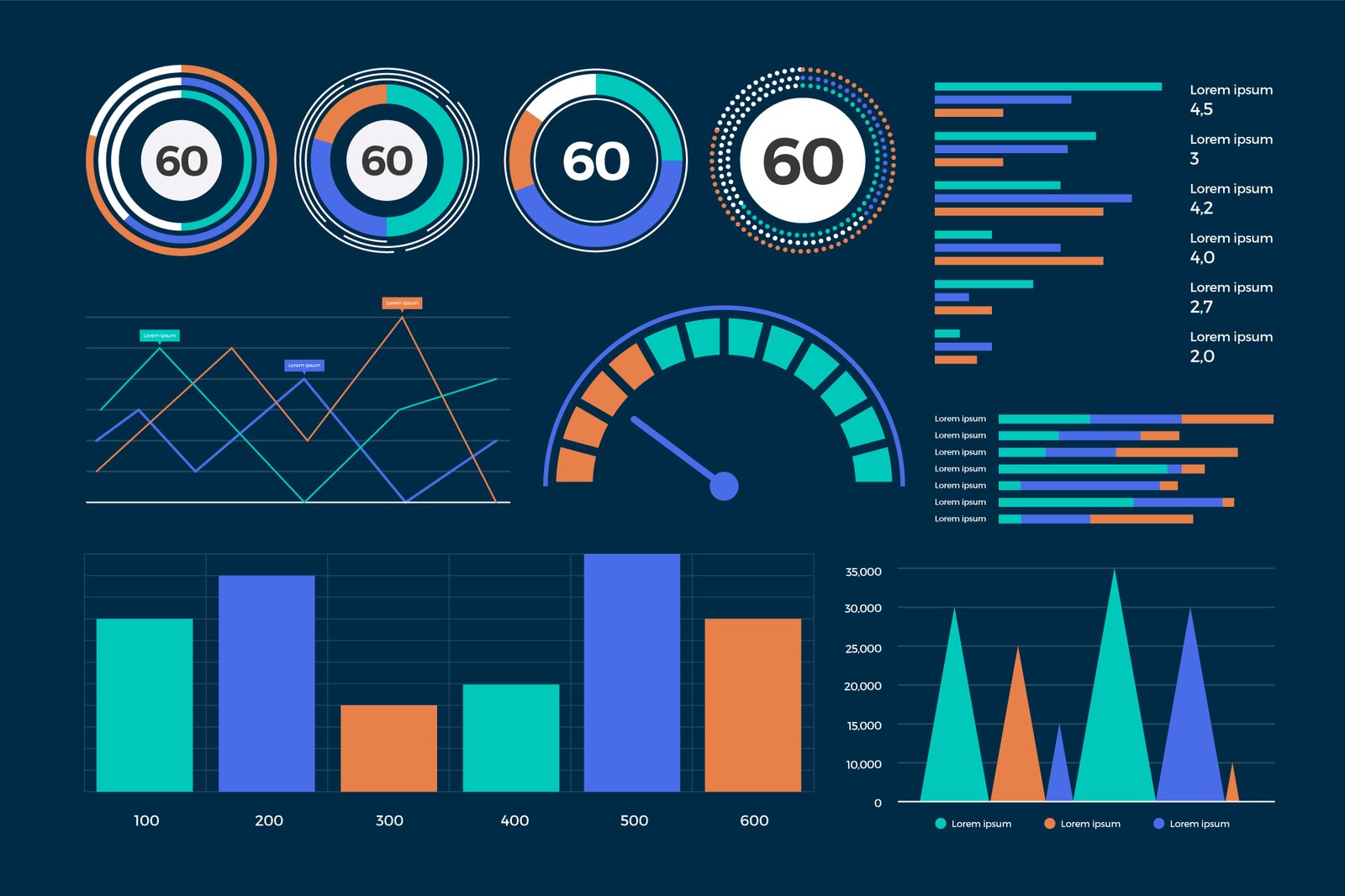A website’s steady traffic growth just needs more than scattered tactics. It requires a strategic mix of technical excellence, content optimization, and smart channel selection. Websites that become skilled at these elements create lasting traffic growth that withstands algorithm changes and market moves.
The foundation of success begins with proper analytics setup and regular metric monitoring. Technical SEO optimization creates the base, and strategic content creation builds upon it. Smart traffic source diversity protects websites from sudden drops and maximizes conversion opportunities through different channels.
Website owners can see a clear path to increased traffic by focusing on proven techniques. They should commit to continuous improvement in all areas—from site speed optimization to content gap analysis. This all-encompassing approach delivers lasting results that multiply over time and turns websites into reliable traffic-generating assets.




